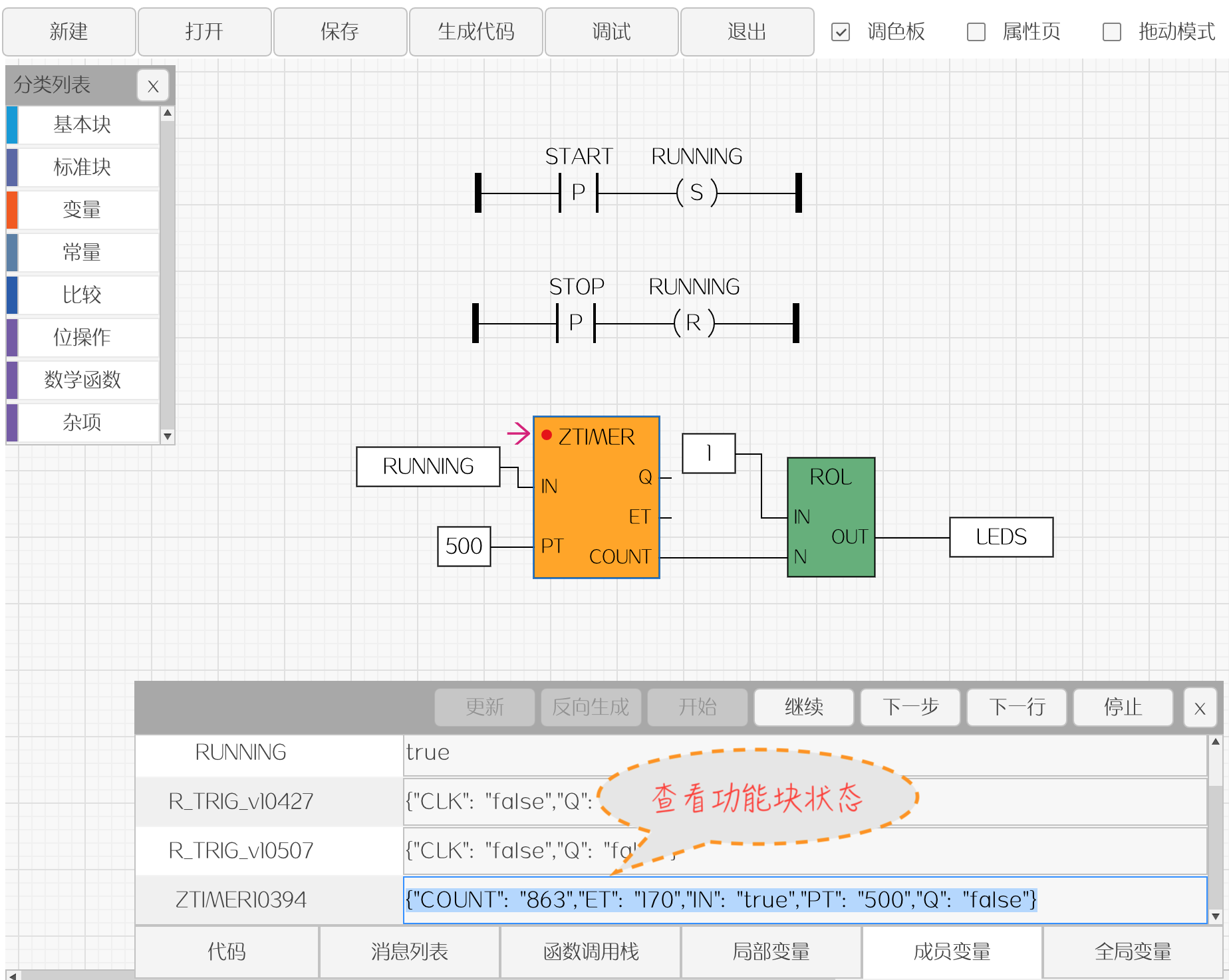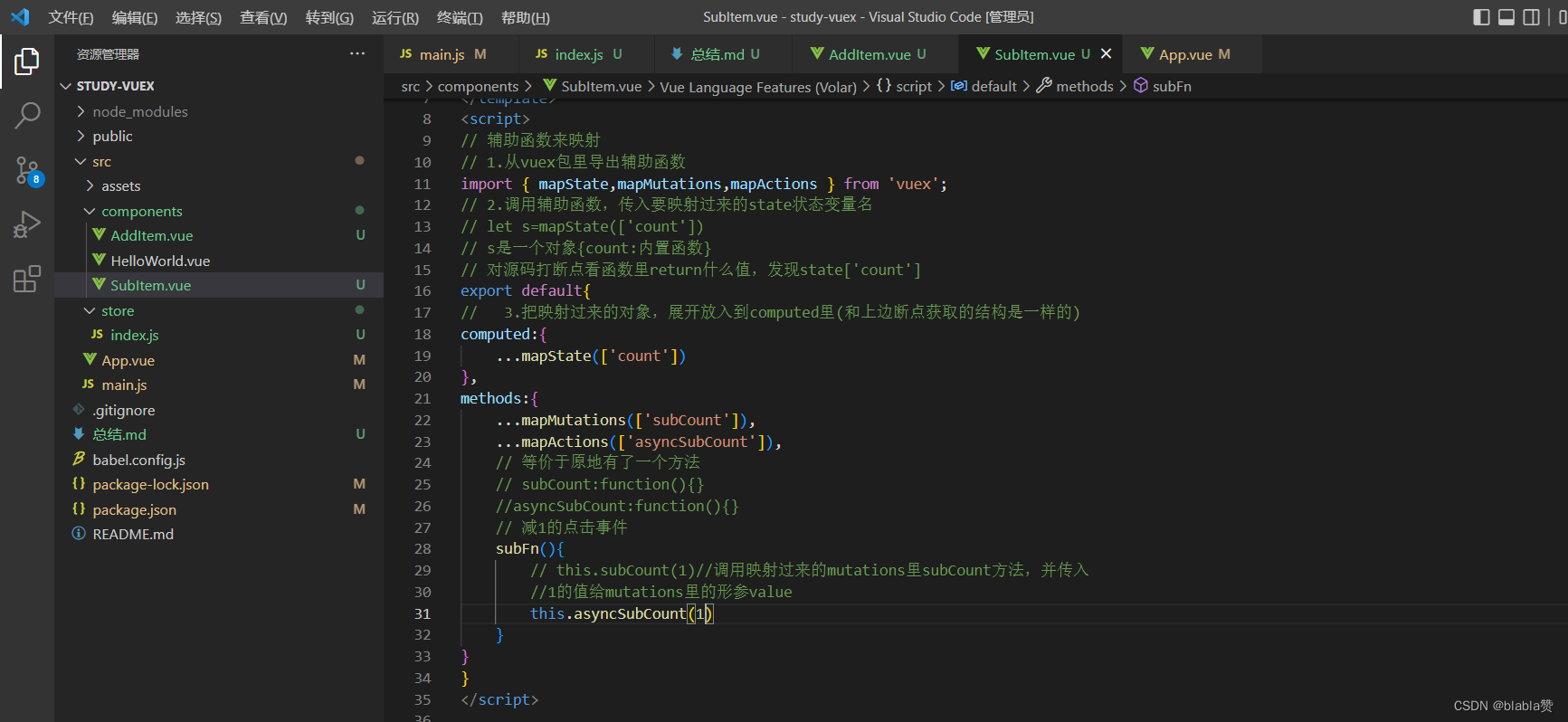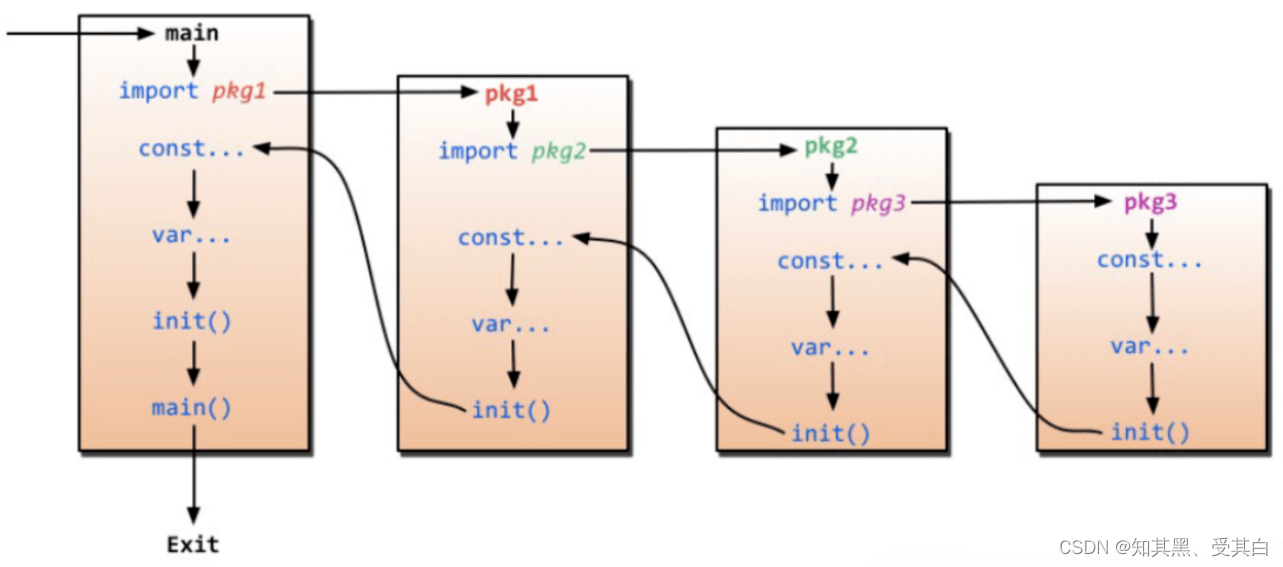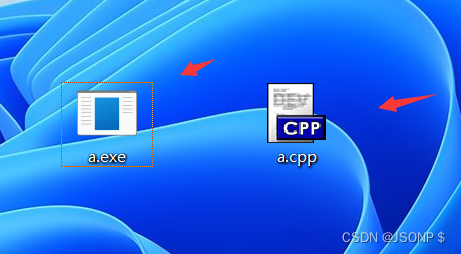前言
我们在开发中如何保证代码质量,我的回答是做充分的代码测试。Jacoco的出发点是为基于JVM运行的代码提供代码覆盖率统计,期望提供轻量级的、可伸缩的、文档较全的库文件来集成各类构建和开发工具。
ASM介绍
ASM 是一个通用的 Java 字节码操作和分析框架。 它可以用于修改现有类或直接以二进制形式动态生成类。 ASM 提供了一些常见的字节码转换和分析算法,可以从中构建自定义复杂转换和代码分析工具。 ASM 提供与其他 Java 字节码框架类似的功能,但专注于性能。 因为它的设计和实现尽可能小而且快,所以它非常适合在动态系统中使用(但当然也可以以静态方式使用,例如在编译器中)。
ASM增强流程
step1:需要创建一个 ClassReader 对象,将 .class 文件的内容读入到一个字节数组中
step2:需要事件过滤器 ClassVisitor。在调用 ClassVisitor 的某些方法时会产生一个新的 XXXVisitor 对象
step3:然后需要一个 ClassWriter 的对象将操作之后的字节码的字节数组回写
step4:当我们需要修改对应的内容时只要实现自己的 XXXVisitor 并返回就可以了
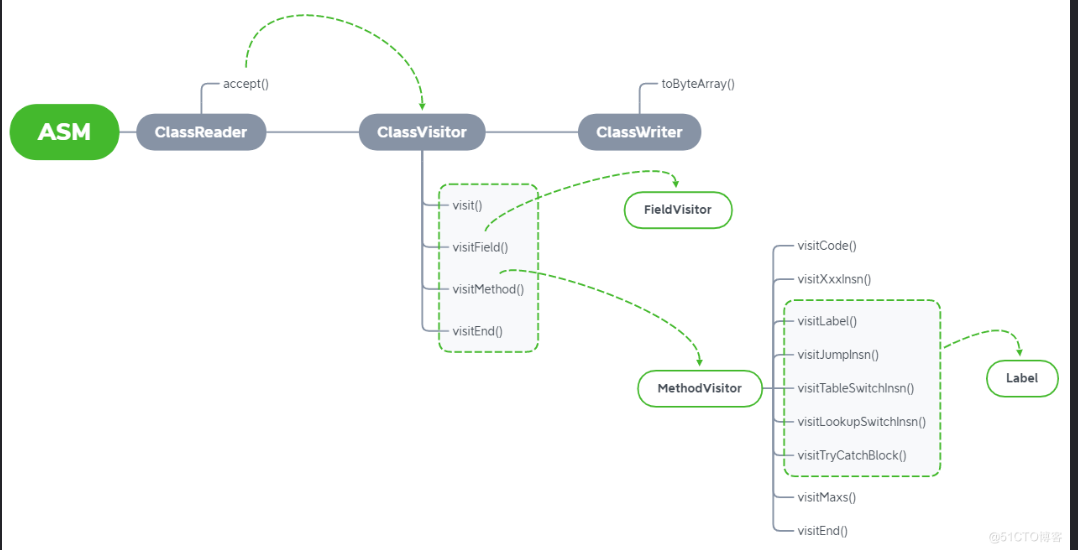
ASM Bytecode Outline 插件
asm是一款偏底层的字节码增强工具,所以在使用的时候需要对字节码指令有一定的了解。我们可以借助asm bytecode outline插件可以帮我们将java文件编译成字节码文件和使用asm指令生成java代码(IDEA2022版本暂不支持)。
我们写一个简单的java实例:
public class Test {
private int num1 = 1;
public int add(int a,int b) {
return a+b;
}
}
使用asm bytecode outline插件翻译当前文件
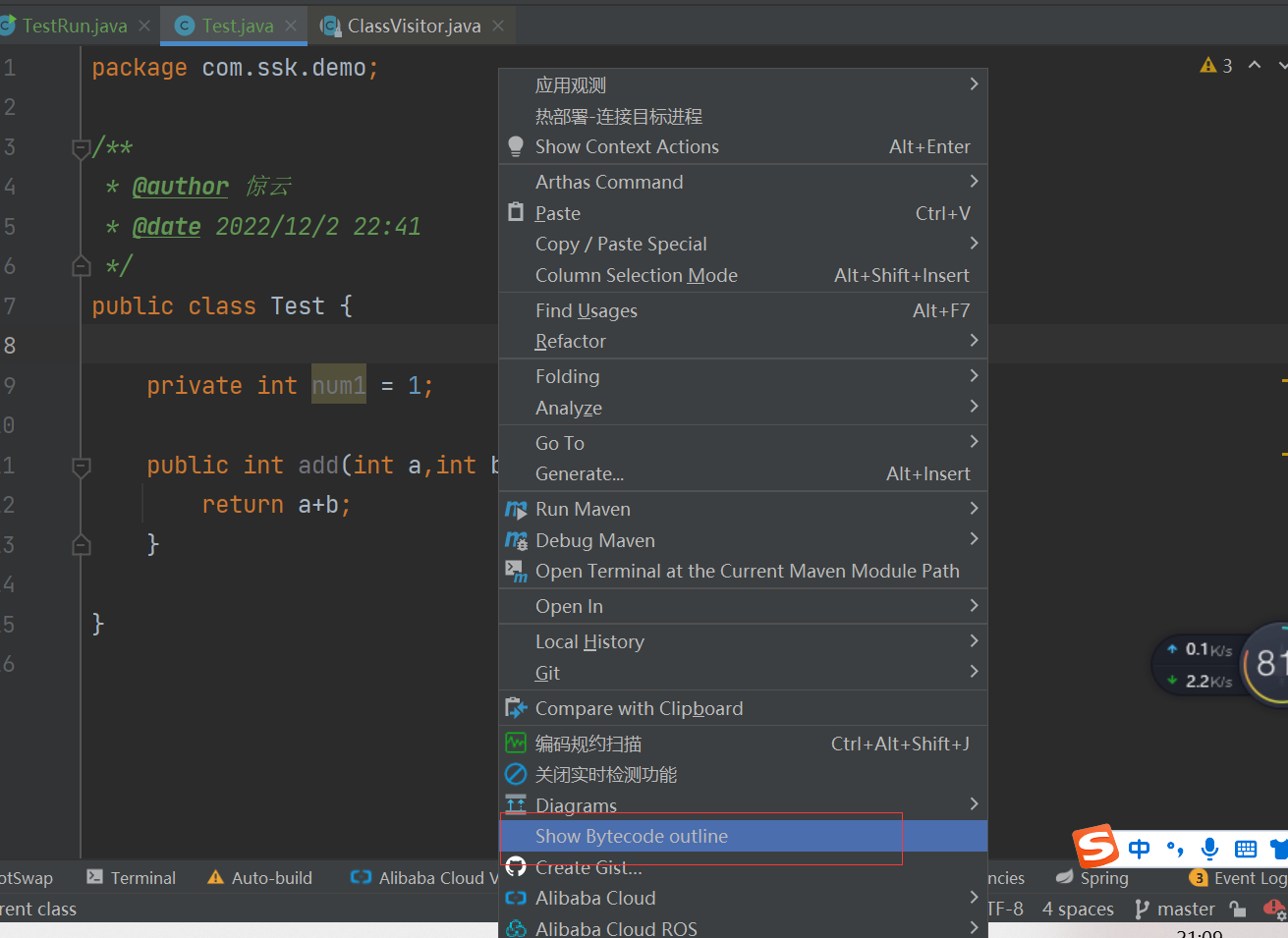
我们可以看到当前类对应的字节码文件:
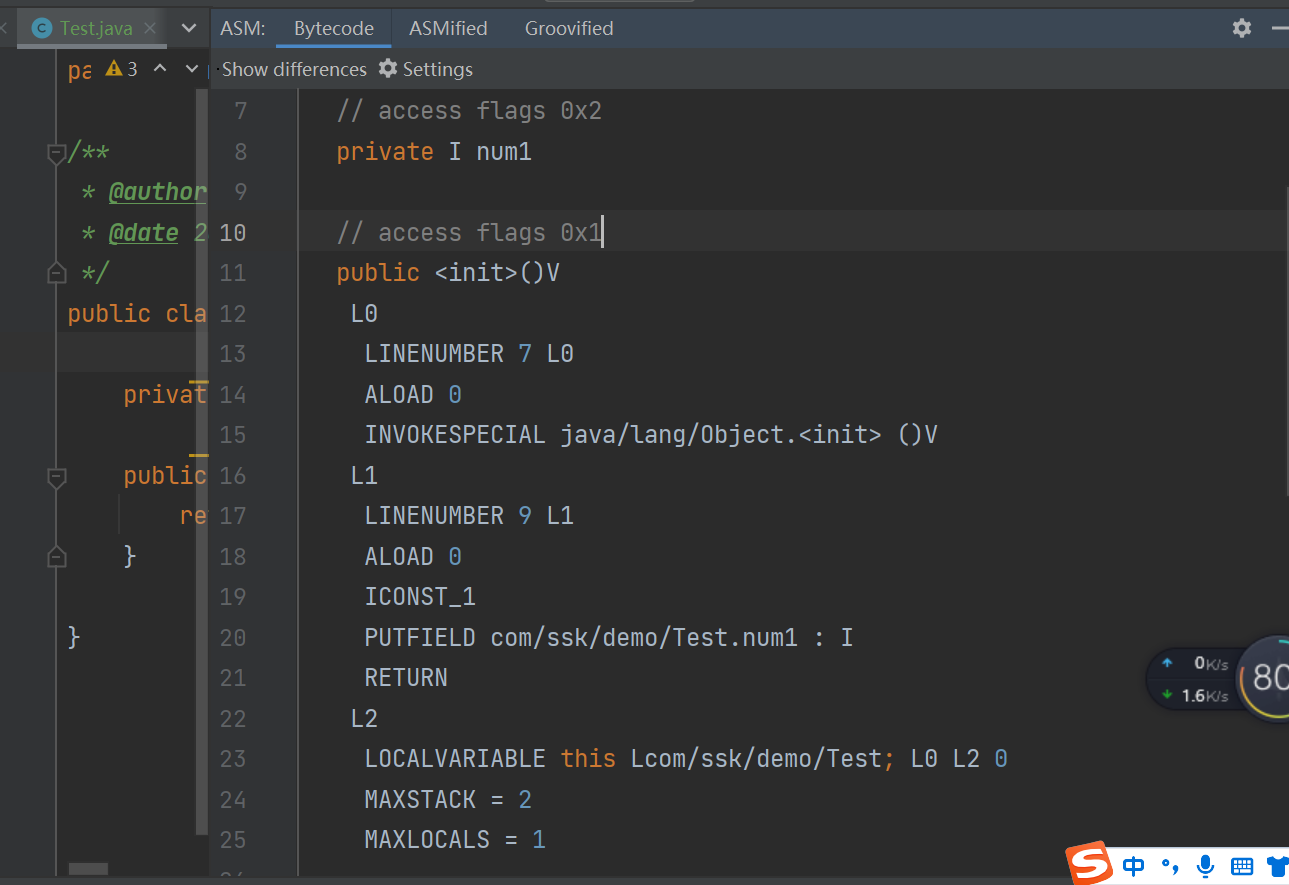
同时也可以看到如何使用ASM工具生成当前类文件,这样我们在用ASM动态生成或者修改类文件的时候就可以以此作为参考。
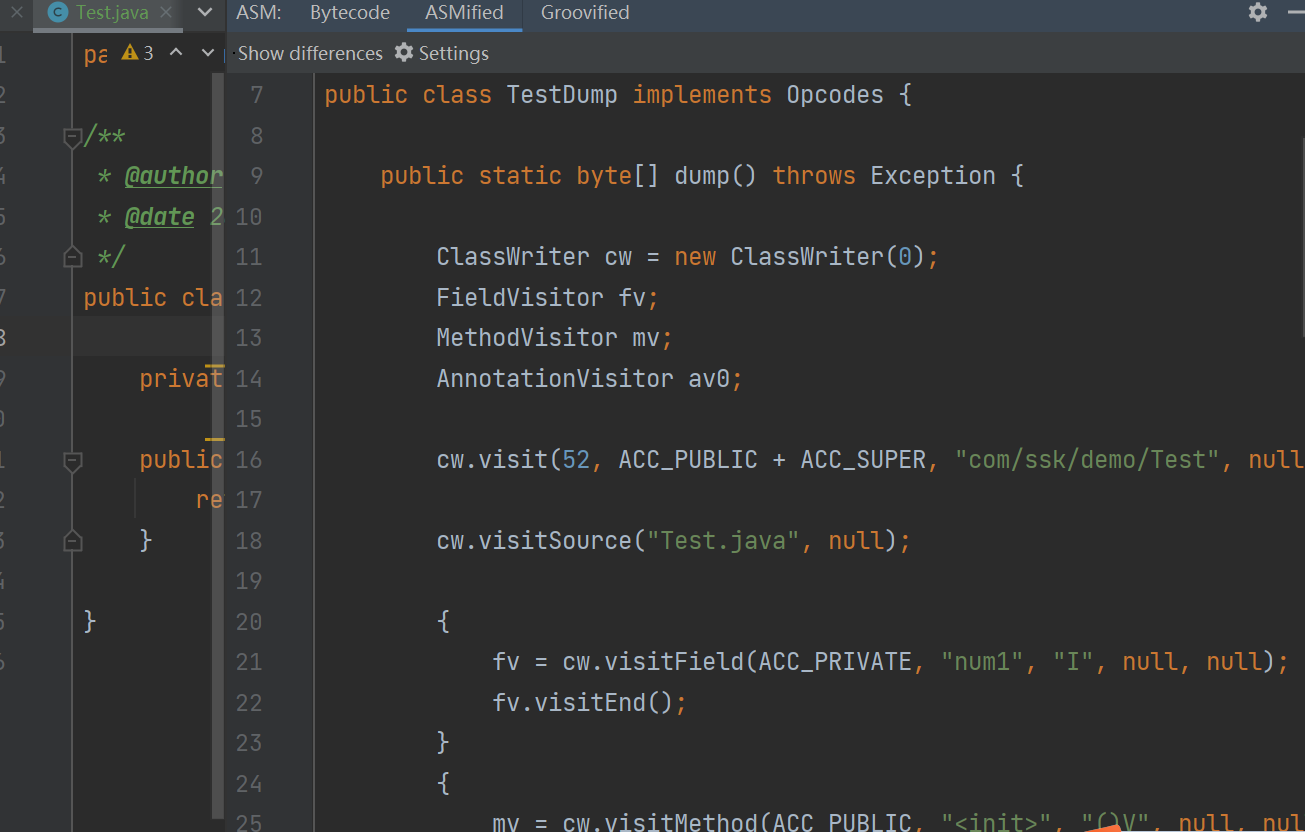
jacoco源码
jacoco的运行原理也很简单,就是在我们的目标服务代码进行插装,记录代码的执行位置,这样我们能很清晰的看到代码的执行位置,也可以生成覆盖度报告。这样说你可能没有什么概览,我们使用反编译查看被插装的代码你就能大概知道jacoco究竟是如何进行覆盖度收集的了。
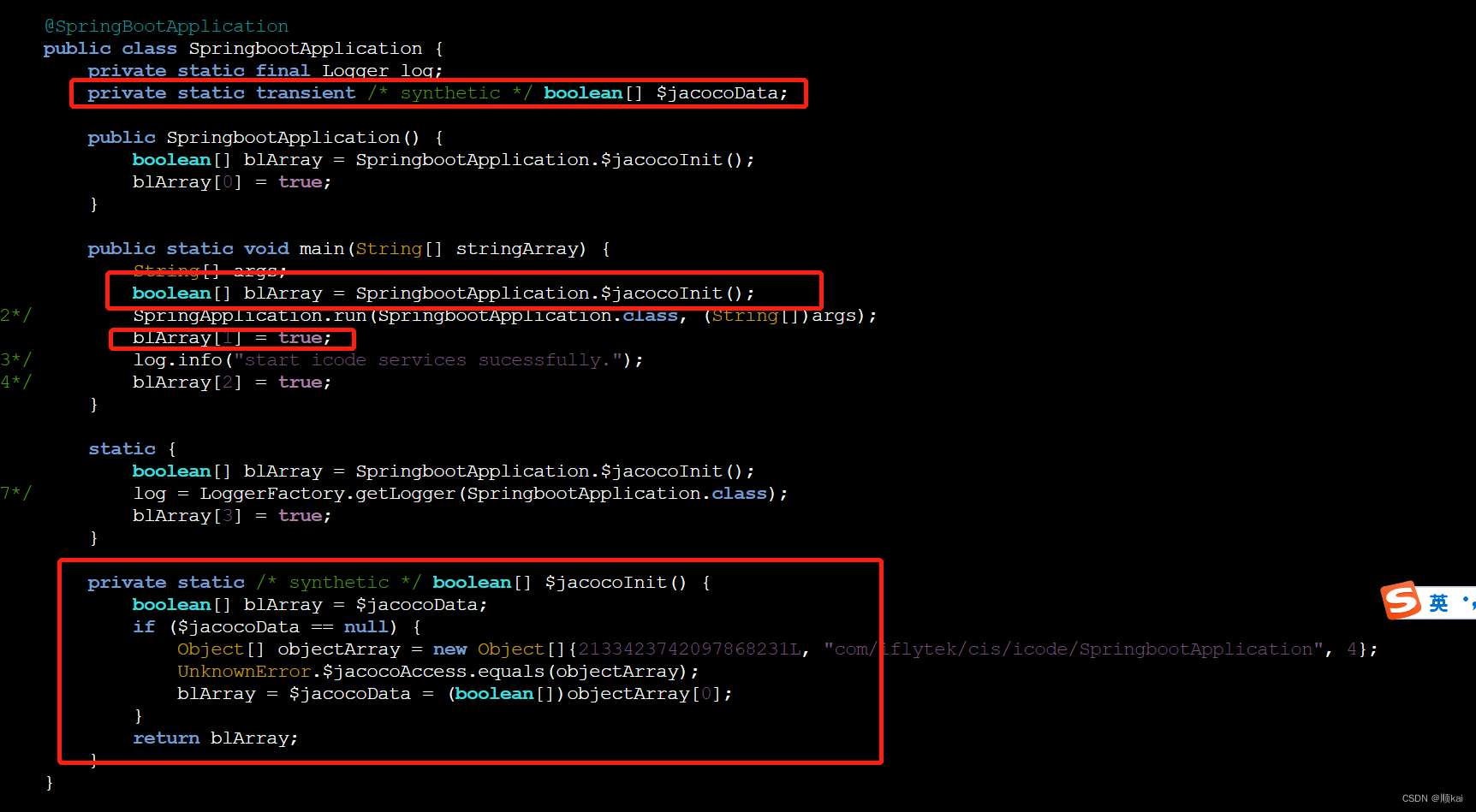
下载jacoco的源码一看,有这么多子moudle,一下子是不是有点懵,不知从何看起呢?其实jacoco实现覆盖度收集的方式有很多种:agent、ant、maven、cli等,再回过头来看代码结构是不是很清晰了很多。其中ant和agent是不会对打包好的jar或war代码产生影响,是在运行时去改变字节码,而maven是在编译的时候就去生成字节码,所以使用maven的方式不适合在生产上使用。
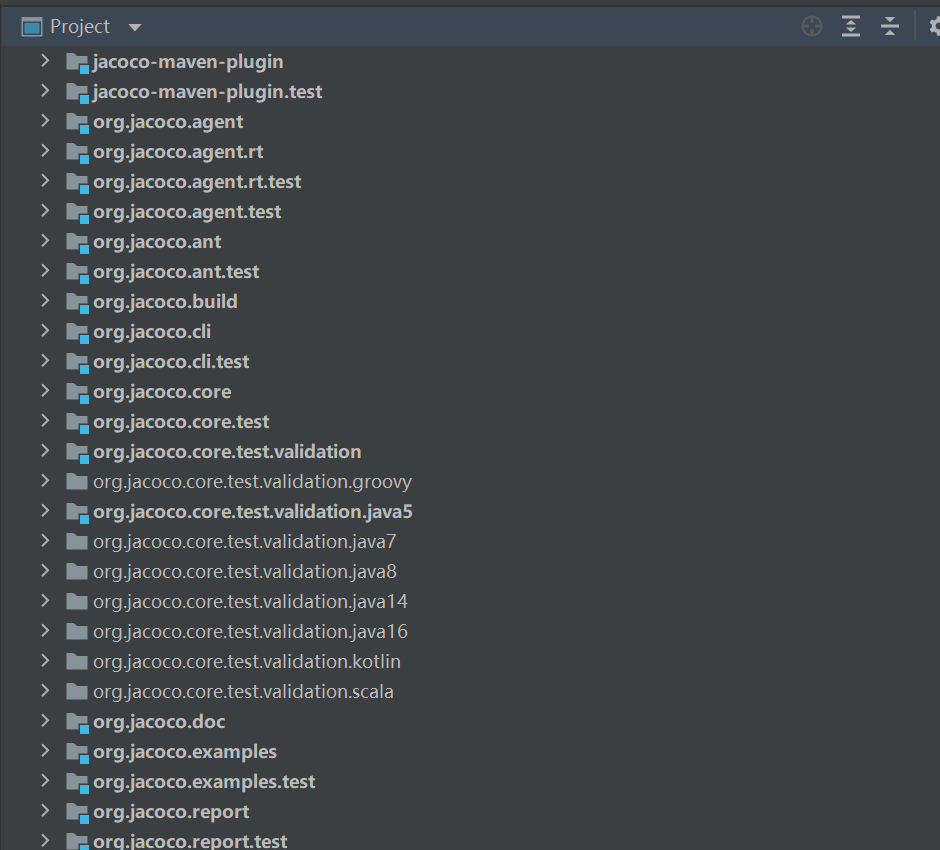
core模块
core作为jacoco的核心模块,完成代码插装、收集、合并等操作。
ExecutionDataStore执行数据集
ExecutionDataStore主要是存储对应的收集数据,由于存储在内存中,所以在停机之前如果不进行收集,则测试数据会被丢失。entries是一个Map,id是对应class的唯一标识,ExecutionData是对应类的覆盖数据。

ExecutionData数据结构如下:
public final class ExecutionData {
private final long id;
private final String name;
private final boolean[] probes;
public ExecutionData(final long id, final String name,
final boolean[] probes) {
this.id = id;
this.name = name;
this.probes = probes;
}
public void reset() {
Arrays.fill(probes, false);
}
public boolean hasHits() {
for (final boolean p : probes) {
if (p) {
return true;
}
}
return false;
}
public void merge(final ExecutionData other, final boolean flag) {
assertCompatibility(other.getId(), other.getName(),
other.getProbes().length);
final boolean[] otherData = other.getProbes();
for (int i = 0; i < probes.length; i++) {
if (otherData[i]) {
probes[i] = flag;
}
}
}
}
-
id:对应class唯一标识。
-
name:对应class的name。
-
probes:打桩数据,是一个boolean的数组,初始化时为全为false,如果有相应位置的代码被执行,则对应位置的数据变为true。
-
reset():清空测试覆盖数据。
-
hasHits():检查是否有任何探针被击中。
-
merge():将同一个类的两次收集数据合并,合并的逻辑就是如果有对应下标为true,则合并后的数据就为flag,flag可以为true也可以为false。
Instrumenter插装
Instrumenter是负责处理插装核心逻辑,它接受的是源class字节码数据,返回含插装数据的字节数组。
private byte[] instrument(final byte[] source) {
final long classId = CRC64.classId(source);
final ClassReader reader = InstrSupport.classReaderFor(source);
final ClassWriter writer = new ClassWriter(reader, 0) {
@Override
protected String getCommonSuperClass(final String type1,
final String type2) {
throw new IllegalStateException();
}
};
final IProbeArrayStrategy strategy = ProbeArrayStrategyFactory
.createFor(classId, reader, accessorGenerator);
final int version = InstrSupport.getMajorVersion(reader);
final ClassVisitor visitor = new ClassProbesAdapter(
new ClassInstrumenter(strategy, writer),
InstrSupport.needsFrames(version));
reader.accept(visitor, ClassReader.EXPAND_FRAMES);
return writer.toByteArray();
}
我们再回想一下前面使用反编译的类信息,多了哪些信息呢?分别是成员变量jacocoData, jacocoInit方法,以及方法中为jacocoData数组赋值,那我们就看下是在什么时机去完成上面三个操作的。
jacocoData数组赋值
org.jacoco.core.internal.instr.ProbeInserter#insertProbe这个方法就是给数组赋值的,并且值为true。java中方法被调用,对应一次入栈与出栈操作,那么对应的指令也需要进行入栈,所以通过相应位置加入额外的入栈指令,达到字节码增强的目的。
public void insertProbe(final int id) {
mv.visitVarInsn(Opcodes.ALOAD, variable);
// Stack[0]: [Z
InstrSupport.push(mv, id);
// Stack[1]: I
// Stack[0]: [Z
mv.visitInsn(Opcodes.ICONST_1);
// Stack[2]: I
// Stack[1]: I
// Stack[0]: [Z
mv.visitInsn(Opcodes.BASTORE);
}
接下来我们看下insertProbe方法在哪些地方被调用:MethodInstrumenter。
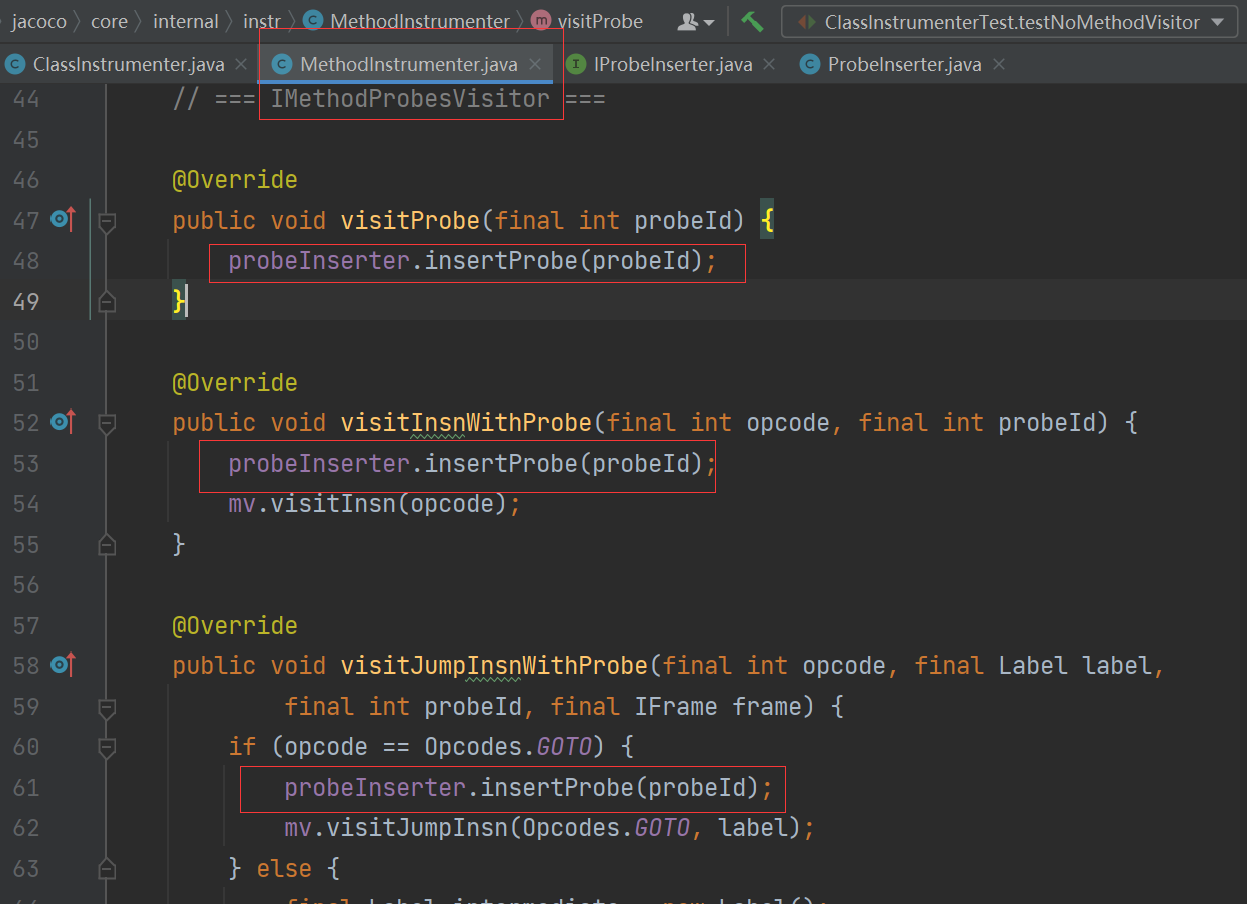
这里还需要提一下ASM 的Label,是实现条件语句跳转的。换句话说,我们需要知道在方法的哪些位置插装。
public void test(){
// ①
int a = 1;
// ②
int b = 2;
// ③
if(a > 2){
// ④
}else{
// ⑤
}
}
我们看下上面的代码,我们并不是需要在每一个位置都进行插装,比如在①插装②、③就没必须进行插装了,因为②、③是一定会执行到的;所以我们需要插装的位置就是①、④、⑤。
jacocoData和jacocoInit
org.jacoco.core.internal.flow.ClassProbesAdapter#visitEnd,在类被加载完毕的时候执行visitEnd,最后调用org.jacoco.core.internal.instr.InterfaceFieldProbeArrayStrategy#addMembers,这里我们已经清楚jacocoData和jacocoInit的生成时机了,生成的逻辑也是使用ASM增强。

agent插装调度
agent的执行入口是premain方法,如何开发和调试agent这里就不多说了,可以自行百度。我们看看jacoco agent方式是如何进行插装的。
org.jacoco.agent.rt.internal.PreMain#premain
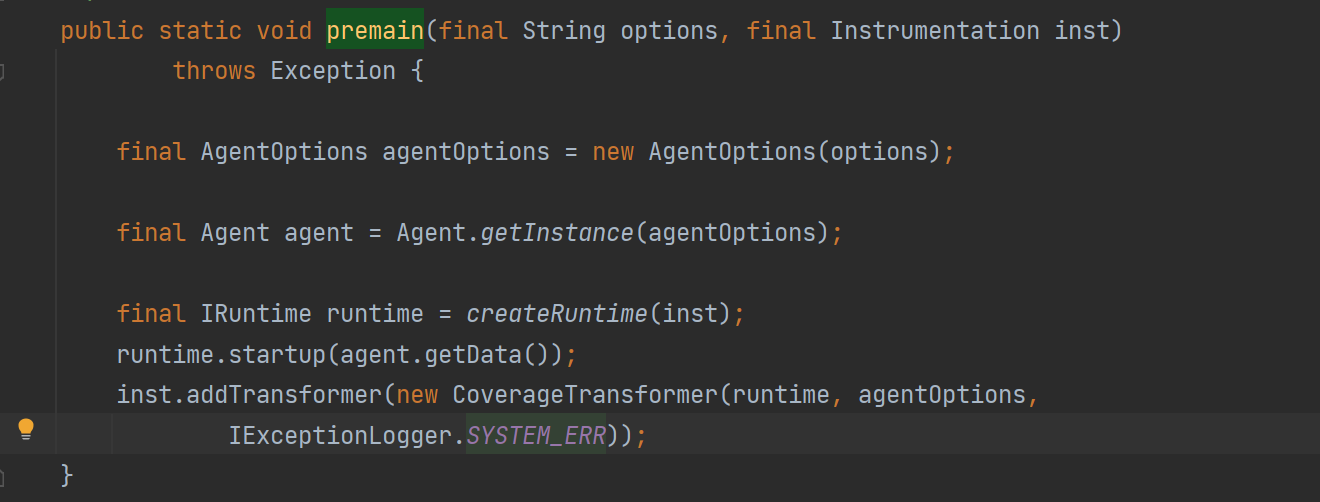
由此可以看出,jacoco是在org.jacoco.agent.rt.internal.CoverageTransformer中完成插装任务的。

这里先调用了dump方法是为了将源字节码信息存储下来,方便后面清除插装数据;然后我们在transform方法中看到了调用Instrumenter,这里是不是又很熟悉了,开始调用core模块的插装接口。
maven插装调度
maven的插装入口是InstrumentMojo,这里需要有maven插件开发基础,不然的话可能不太理解运行原理。
@Mojo(name = "instrument", defaultPhase = LifecyclePhase.PROCESS_CLASSES, threadSafe = true)
public class InstrumentMojo extends AbstractJacocoMojo {
@Parameter
private List<String> includes;
@Parameter
private List<String> excludes;
@Override
public void executeMojo()
throws MojoExecutionException, MojoFailureException {
final File originalClassesDir = new File(
getProject().getBuild().getDirectory(),
"generated-classes/jacoco");
originalClassesDir.mkdirs();
final File classesDir = new File(
getProject().getBuild().getOutputDirectory());
if (!classesDir.exists()) {
getLog().info(
"Skipping JaCoCo execution due to missing classes directory:"
+ classesDir);
return;
}
final List<String> fileNames;
try {
fileNames = new FileFilter(includes, excludes)
.getFileNames(classesDir);
} catch (final IOException e1) {
throw new MojoExecutionException(
"Unable to get list of files to instrument.", e1);
}
final Instrumenter instrumenter = new Instrumenter(
new OfflineInstrumentationAccessGenerator());
for (final String fileName : fileNames) {
if (fileName.endsWith(".class")) {
final File source = new File(classesDir, fileName);
final File backup = new File(originalClassesDir, fileName);
InputStream input = null;
OutputStream output = null;
try {
FileUtils.copyFile(source, backup);
input = new FileInputStream(backup);
output = new FileOutputStream(source);
instrumenter.instrument(input, output, source.getPath());
} catch (final IOException e2) {
throw new MojoExecutionException(
"Unable to instrument file.", e2);
} finally {
IOUtil.close(input);
IOUtil.close(output);
}
}
}
}
}
从上面代码可以看到调用Instrumenter的地方,与探针插装不同的是maven方式拿到插装的字节数据是写入到文件中,其他也就是编译后的产物。
其他指令
除了插状之外,jacoco还提供了dump、merge、restore、report等指令,基于上面的基础,不难分析出它的工作原理。
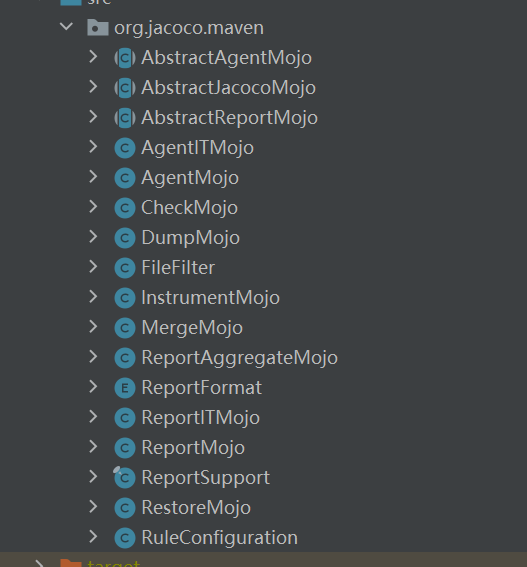
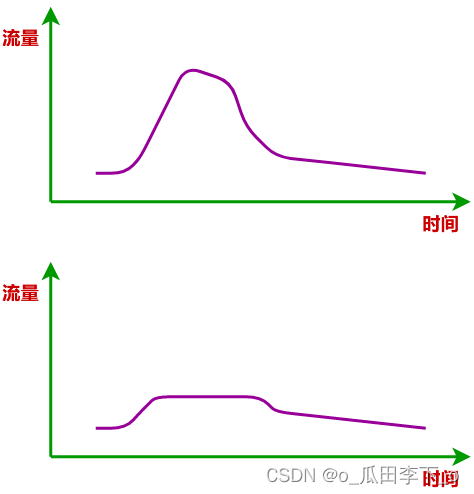
![Numpy入门[17]——数组广播机制](https://img-blog.csdnimg.cn/4283925b156f4fb9b123ead14e10073f.png)


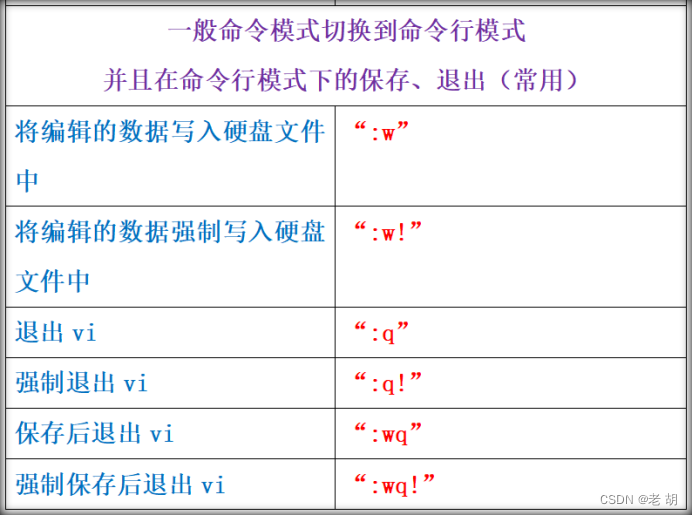

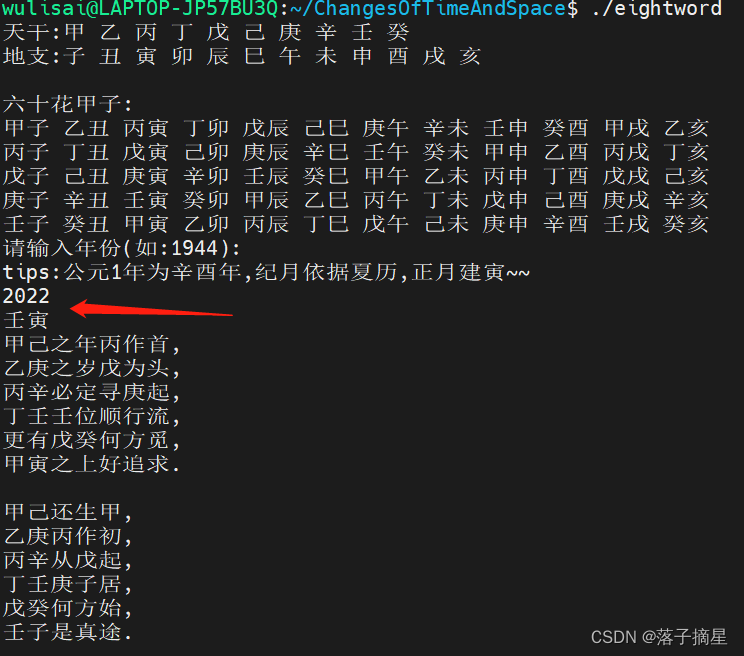
![[附源码]Python计算机毕业设计Django框架的资产管理系统设计与实现](https://img-blog.csdnimg.cn/cd497e7d75fe42c2aead197392c16eef.png)
![[附源码]Python计算机毕业设计SSM京津冀区域产学研项目管理信息系统(程序+LW)](https://img-blog.csdnimg.cn/b8ce38ee822940c4af0211c39b52e157.png)

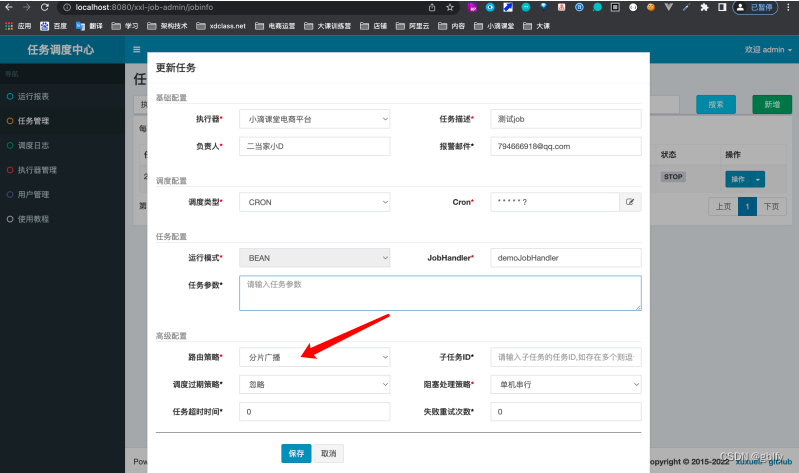
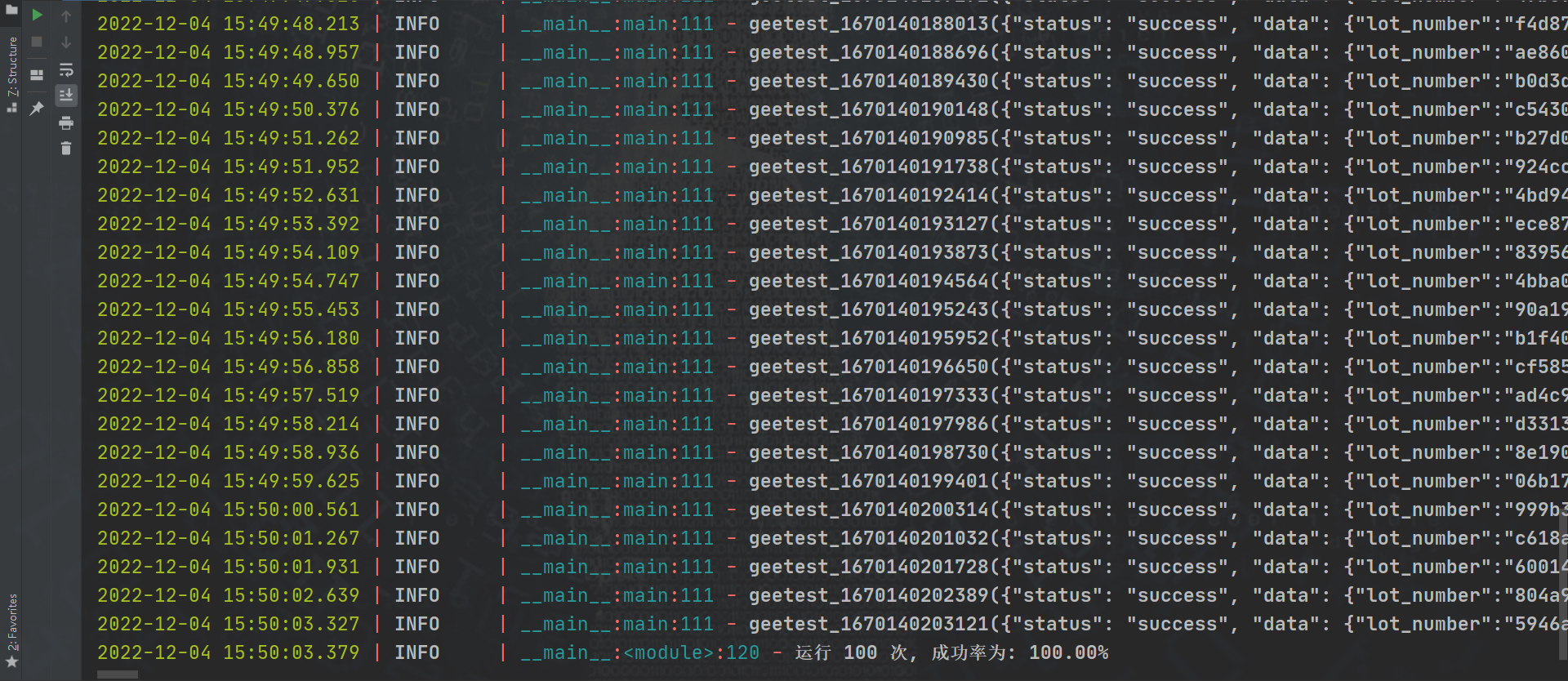
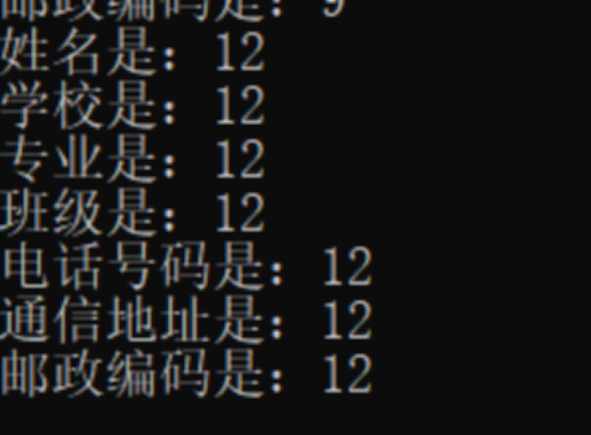
![[附源码]计算机毕业设计ssm新能源电动汽车充电桩服务APP](https://img-blog.csdnimg.cn/90c5d8fcd0ec4ebfa2f979697cc2fafd.png)

